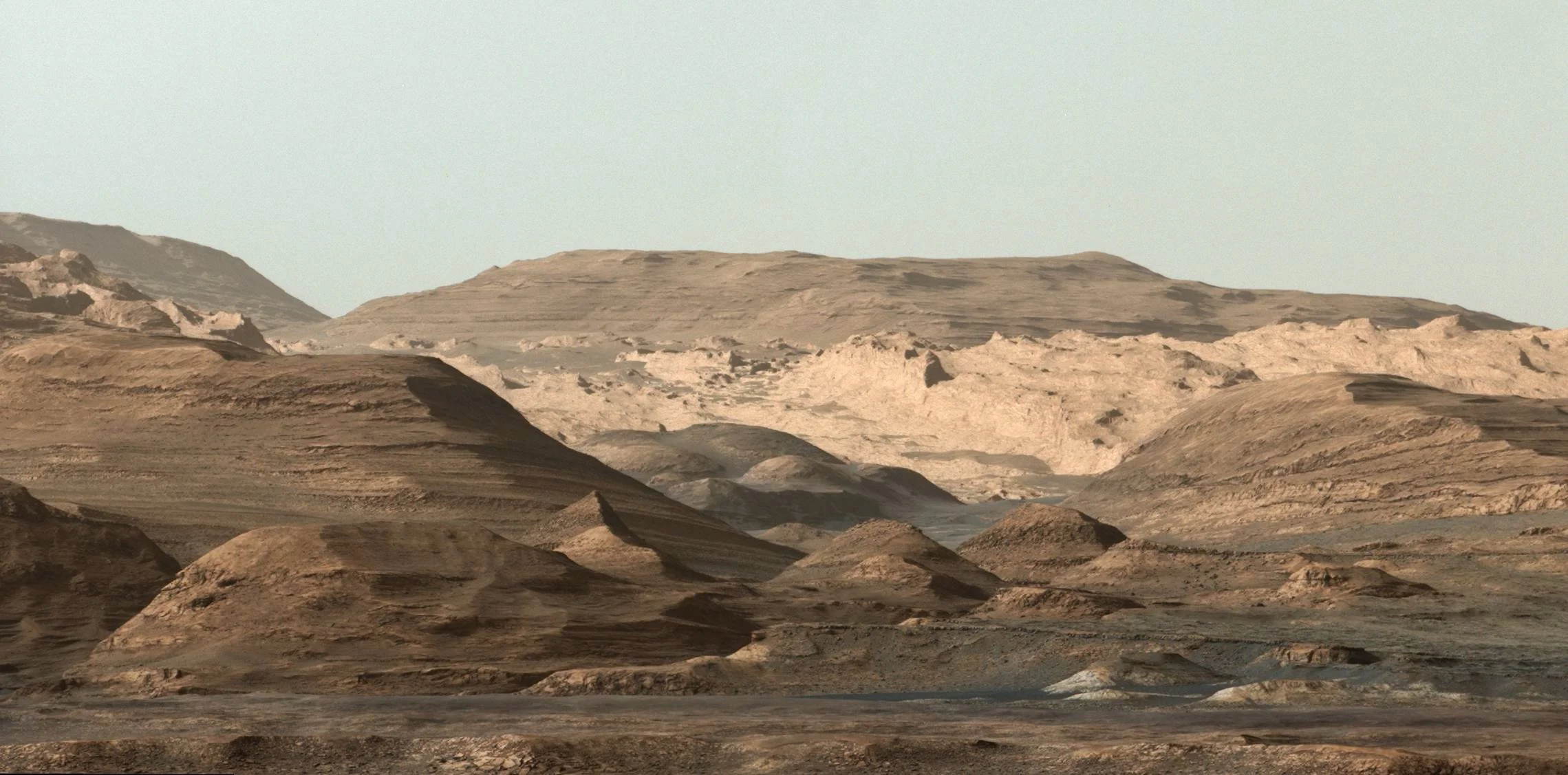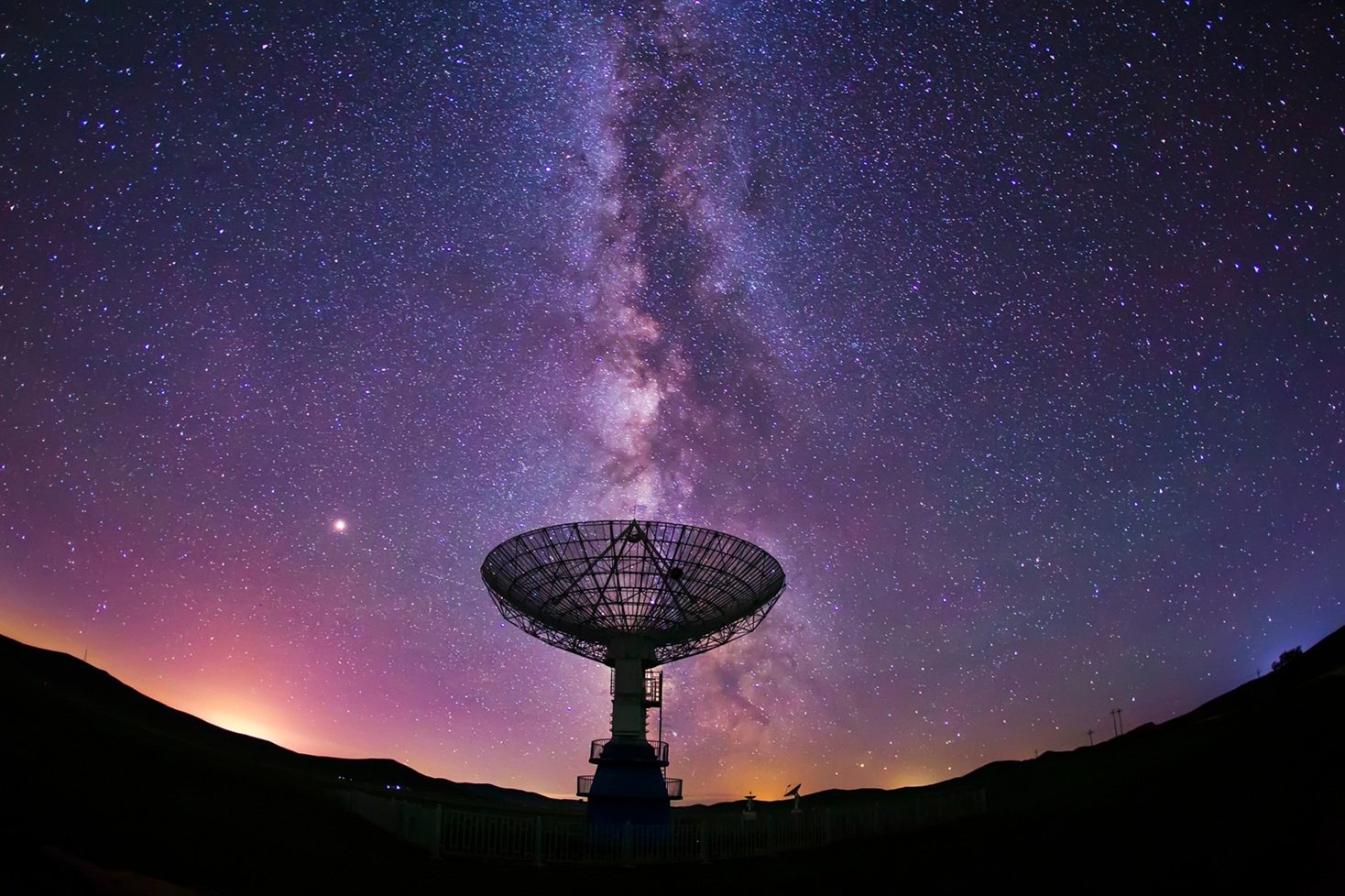news and background stories on the subject of space and exploration
A young solar system does not just build planets from dust and gas. It can also be shaped by what happens nearby, including the death of a massive star. New research suggests that a supernova at the right distance could quietly change a planet’s ingredients from the start, and that this setup may be more common than scientists once assumed.
James Webb may have spotted three bizarre, ultra-ancient “dark stars” that aren’t dark at all - objects possibly powered by annihilating dark matter and capable of rewriting how the very first stars (and even early supermassive black holes) came to be.
For nearly a century, astronomers have been convinced that most of the universe is made of something we can’t see. Now, fresh analysis of data from a NASA space telescope suggests we may have caught our first real glimpse of it
Astronomers have directly observed a planet in the act of forming around a youthful analogue of the Sun, offering a rare look at how giant worlds assemble.
It may sound like the plot of a sci-fi film reaching a black hole with a spacecraft, but it turns out that the idea may not be that outlandish.
Astronomers have detected complex organic molecules in a disc of gas and dust surrounding a young star. - This discovery raises a fascinating possibility: the building blocks of life might have formed in space long before planets like Earth even existed.
It might be possible that astronauts in the future live and work comfortably on the moon without the need for resources to be shipped from Earth.
Modern space exploration mostly relies on shipments from Earth, but these rarely include fresh fruits or vegetables. Having reliable sources of fresh food—rich in vitamins, antioxidants, and fibre—could help keep astronauts healthy on long missions.
What changed Mars from a potentially habitable world into the barren planet we see today? Scientists at the University of Chicago have taken a significant step toward understanding this mystery.
Astronomers have uncovered something unusual happening in our cosmic neighborhood—a small galaxy near the Milky Way is behaving strangely, and no one is quite sure why.
Researchers have successfully created solar cells using simulated lunar dirt, potentially offering astronauts a sustainable energy source without needing to bring heavy materials from Earth.
In an Algerian quarry, scientists made an unexpected discovery toward a much bigger story: one that reaches across millions of miles, all the way to Mars.
Penn State researchers propose that intelligent life on Earth, and possibly elsewhere, may be more likely than previously thought.
Astronomers have discovered an intriguing, potentially habitable, super-earth not far from us in cosmic terms.
Astronomers have just discovered the largest black hole jets ever observed, stretching an incredible 23 million light-years across space.
Historically, the real colours of Neptune and Uranus were misrepresented due to the limitations of imaging technology. Recent advancements have allowed scientists to revisit these celestial bodies with new tools.
For decades, scientists have puzzled over how a faint atmosphere persists on our moon and what sustains it. Recent research might finally provide the answers
Astronomers have discovered an exoplanet, TIC 241249530 b, that is currently undergoing a dramatic transformation from a cold, distant world into a scorching hot Jupiter, offering new insights into planetary evolution.
Omega Centauri, a seemingly ordinary star cluster of roughly ten million stars, reveals a missing link.
A research team at Johns Hopkins University discovered that an exoplanet, notorious for its extreme weather, has a surprising feature—it smells like rotten eggs. Interestingly, the presence of this foul odour is more than just a curious fact.
Scientists developed a new kind of ultra-black coating that could make future telescopes and optical devices much more effective. In this article, we explain why.
The Moon is slowly shrinking, and that could spell trouble for future astronauts, according to a study published in the peer-reviewed Planetary Science Journal.
In a groundbreaking discovery made possible by NASA’s James Webb Space Telescope, astronomers have uncovered a brown dwarf named W1935 that exhibits unique characteristics.
Initially baffling astronomers since their discovery in 2019, recent research may have unraveled the mystery of the universe's rare radio circles.
Astronomers have discovered a massive planet orbiting an unusually small star, challenging traditional theories about star and planet formation.
Astronomers using the James Webb Space Telescope discovered Earth-like planets with water in extreme space regions with intense ultraviolet radiation from massive stars.
Older Featured Content:

















